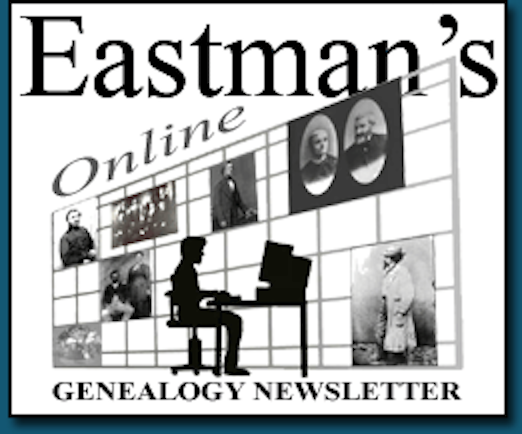 Latest News Articles
Latest News Articles
Everyone can read the (free) Standard Edition articles.
Please limit your comments about the information in the article. If you would like to start a new message, perhaps about a different topic, you are invited to use the Discussion Forum for that purpose.
Do you have comments, questions, corrections or additional information to any of these articles? Before posting your words, you must first sign up for a (FREE) Standard Edition subscription at: https://eogn.com/page-18077. |
Want to receive daily email messages containing the recently-added article links, complete with “clickable addresses” that take you directly to the article(s) of interest? Best of all, this service is available FREE of charge. (The email messages do contain advertising.) If you later change your mind, you can unsubscribe within seconds at any time. As always, YOU remain in charge of what is sent to your email inbox. Information may be found at: https://eogn.com/page-18080/13338441 with further details available at: https://eogn.com/page-18080/13344724.
|
Eastman's Online Genealogy Newsletter
 Do you have an RSS newsreader? You may prefer to use this newsletter's RSS feed at:
Do you have an RSS newsreader? You may prefer to use this newsletter's RSS feed at: